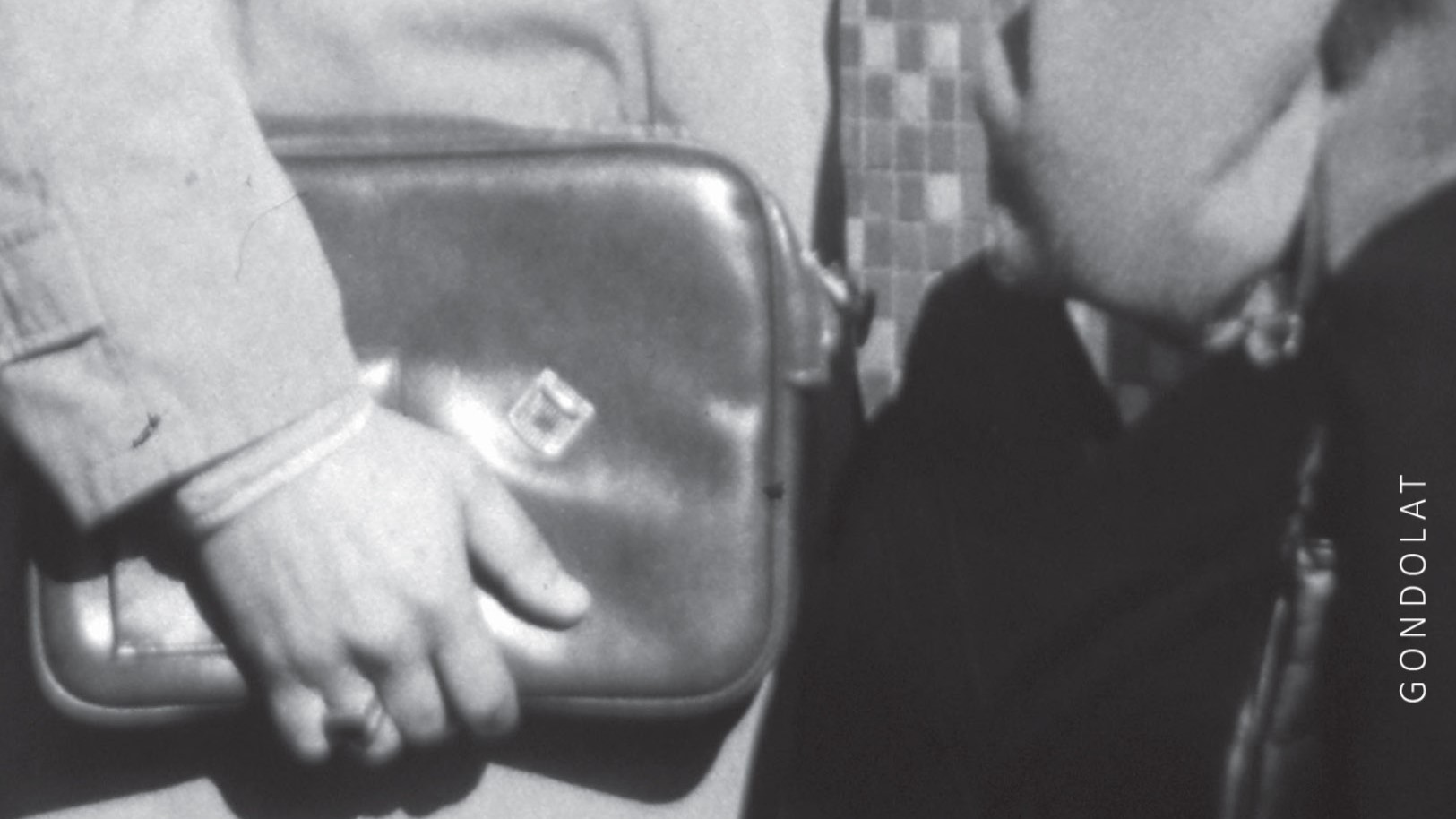An exciting new volume has been published by historian István Pál, titled New York–Washington–London. Chapters from the History of the Anglo–American Division of State Socialist Intelligence, 1950–1970 (New York-Washington-London. Fejezetek a pártállami hírszerzés angol-amerikai osztályának történetéből, 1950-1970). The aim of the book is to present the most characteristic cases of operations carried out by Hungarian intelligence in the United States and the United Kingdom between 1950 and 1970. These cases provide a good overview of the foreign intelligence activities of the State Protection Authority (ÁVH) and, after 1953, the Ministry of the Interior (BM).
The book does not deal with the field of military reconnaissance—not in the least because, after the political transition of 1989, the Hungarian military did not release these operative files for research. This is due to the fact that the former target countries—NATO member states—are now allies of Hungary, and the files may contain classified information.
At the outset, it is important to state that right after the end of World War II, the State Protection Department (ÁVO) began dealing with intelligence and counterintelligence within the framework of its 2nd Subdivision. This was followed by Rákosi’s ÁVH, the B Division of which was responsible for domestic counterintelligence as well as intelligence operations beyond the country’s borders. From August 1962 a structure was established that essentially remained in place until the political transition: under the Ministry of the Interior’s III. Main Department of State Security, the I. Department was responsible for intelligence, while the II. Department handled counterintelligence (or, as they were usually called, BM III/I and III/II).
Although the intelligence and counterintelligence services of the Rákosi era were not exactly known for their professionalism, they could nonetheless serve as instruments of brutal—and sometimes lethal—repression. Show trials of alleged spies followed one after another, and when actual agents were occasionally caught—for example, during ‘clashes’ with the Yugoslav state security service, the UDB—such ‘traitors’ were often executed. However, after 1956, a shift in perspective occurred within Hungarian intelligence as well: trained officers who spoke foreign languages began to appear. They could charm foreign embassy staff at receptions while also possessing the skills needed to build effective spy networks.
Although Kádár-era intelligence cannot be compared to the operations of the East German or Soviet services, there were specific areas where it could perform well. While Polish intelligence was very active in the United States thanks to the Polish diaspora, Hungary, for example, treated the Vatican as a high-priority target, where it maintained a significant network.
‘Through selected, intriguing cases, a comprehensive picture emerges, allowing the reader to gain a deep understanding of the activities of Kádár-era intelligence’
The studies included in the volume contain numerous new discoveries. Through selected, intriguing cases, a comprehensive picture emerges, allowing the reader to gain a deep understanding of the activities of Kádár-era intelligence. Take, for instance, the study titled ‘From London to Perugia’. This story is a typical example of the fate of female university students who fled to the West after 1956. Éva Delfin imagined her future in the West, rejected the conformist attitude of her parents who had stayed behind in Hungary, chose not to marry a Hungarian man, and—partly for the sake of her future husband but even more to break away from the horrors she had experienced in the Budapest ghetto—converted to Roman Catholicism.
Others may not have broken so openly with their former lives, but it is a fact that everyone kept a significant distance from representatives of the Hungarian regime. The study also reveals the severe professional shortcomings typical of Hungarian intelligence at the time—such as agents being sent out without proper preparation, instructions being given over the phone, and warning signs indicating that the agent had been ‘turned’ being ignored.
The study titled ‘In the Role of Courier: The Sculptor István Komáromy’ significantly alters our previous understanding of the story, as the sources used in it indicate that the UK network of Hungarian intelligence had already been exposed much earlier than previously thought—in fact, MI5 has probably managed to uncover the entirety of the Hungarian network operating in the UK at some point. The close personal relationship between the sculptor and Hungarian secret police captain Gábor Pados attracted the attention of MI5, which led to Komáromy being summoned for interrogation. During the conversation, the counterintelligence officer warned Komáromy that his friend was an intelligence agent and also made similar accusations against other diplomats.
Despite being told not to, the artist reported this to Pados, who then inquired about the names mentioned and asked specifically about colleagues who had not been listed. Komáromy continued to meet with the captain afterward, which could only have happened with MI5’s permission—implying that the artist had been ‘turned’ and was by then working for the British counterintelligence.
Espionage games resurface even today in our current neo-Cold War climate, so the topic is undoubtedly both interesting and relevant. The volume offers valuable insight into a lesser-known corner of the Kádár-era intelligence world—one that receives much less attention than the infamous BM III/III, which was the department responsible for monitoring democratic elements in Hungary itself. With thorough knowledge of the sources and clear explanations of technical terms, the author guides the reader expertly. For this reason, István Pál’s book can be recommended to both historians and readers with an interest in history.
Related articles:







